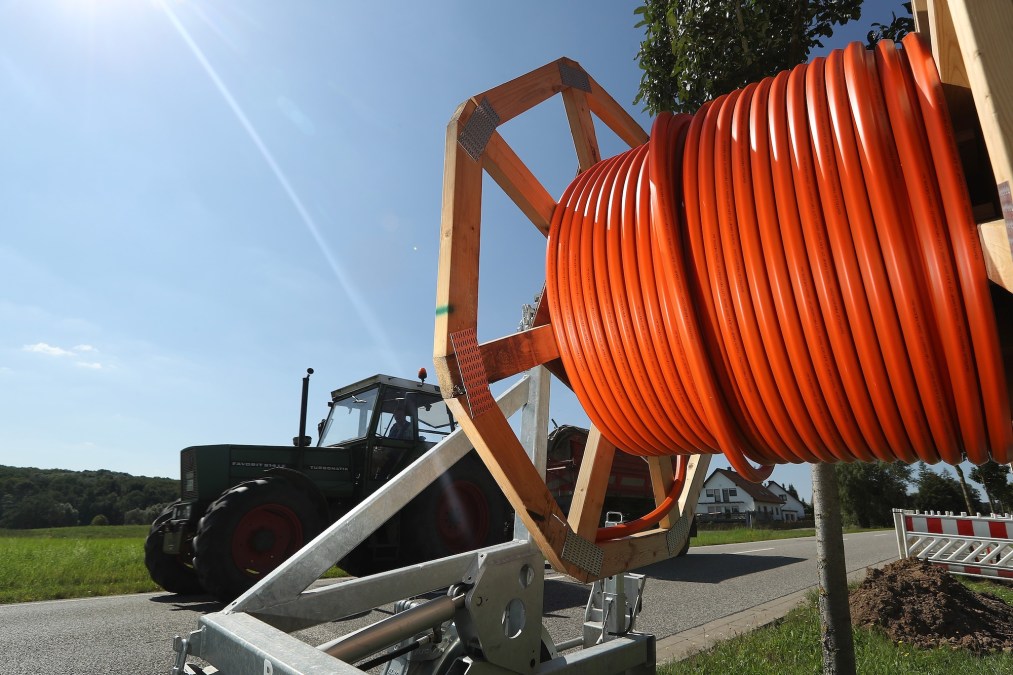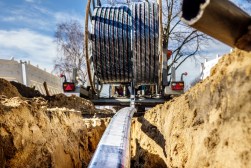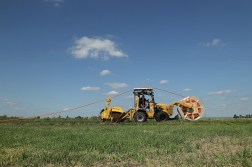More broadband grants going to rural counties, Cornell researchers found

Though states are expanding their broadband networks and addressing market challenges, the digital divide persists in rural areas of the country, according to a state broadband report published this week by the Local Government Restructuring Lab at Cornell University.
Through the analysis of 724 broadband grant projects between 2014 to 2020 across 17 states, researchers found that though rural Americans are less likely to adopt broadband, non-metropolitan counties with low adoption rates typically received more grants for expansion projects.
“Disparities in home Internet adoption have been linked to income, race and education, as well as lack of digital literacy and access to computers,” report authors wrote. “Even with states supporting buildout, rural broadband networks could struggle to remain financially viable without a customer base that can afford a home Internet subscription. A rural broadband strategy that simultaneously addresses gaps in infrastructure availability and adoption is key.”
The COVID-19 pandemic highlighted disparities in broadband access across the country and the persistent digital divide connects to geographic, demographic, socio-economic and market factors. Since the pandemic, the federal government has unleashed huge grant programs for state and local government broadband growth, including $25 billion in the American Rescue Plan and the $42.5 billion Broadband Equity, Access and Deployment program.
In recent years, states have begun to move beyond the typical reliance on large telecoms to close the nation’s digital divide. The Cornell report found that between 2014 and 2020, states primarily funded providers that were active in only one region.
The report notes that non-traditional internet service providers, such as those created by public-private partnerships, electric cooperatives and local governments, could play a pivotal role in closing the digital divide that persists in remote areas, though it tends to be more profitable for these providers to serve communities that are closer to metropolitan areas.
Additionally, states tend to fund last-mile broadband projects that focus on household connectivity. Instead, the authors of the report suggest, states should focus their broadband expansion efforts on middle-mile network projects to more effectively connect rural areas.
“In rural areas, investment in high-capacity middle mile infrastructure is important, as it can support last mile deployment and provide service to anchor institutions (e.g. libraries and schools) that operate as alternative points of access for disadvantaged groups that lack home Internet access,” the report reads.
Though rural counties are more likely to receive state broadband grants, the report found that counties that received at least one grant between 2014-2020 tended to have lower minority populations and less poverty.
“Thus, state grants are not yet addressing all the disparities that lead to the digital divide,” the report reads.






